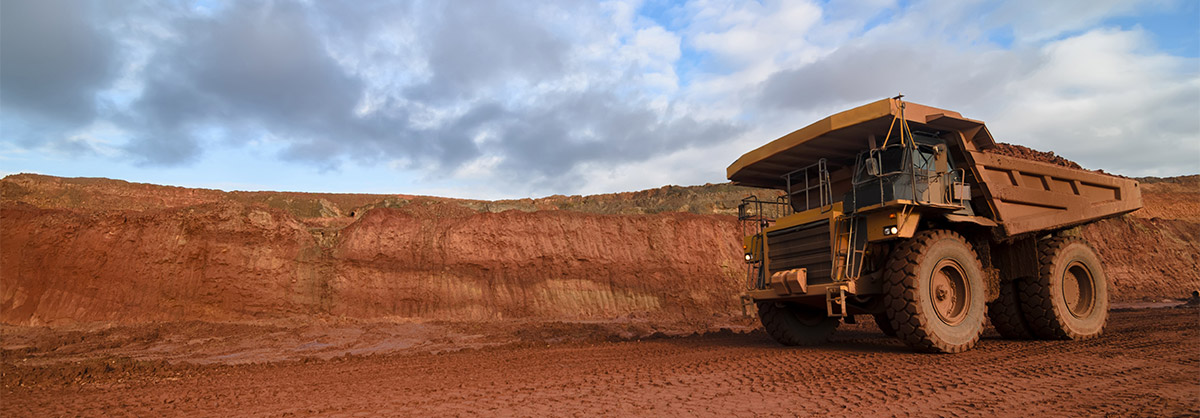June 2020 Issue Index
Closing the planned versus actuals gap
Digital twin models can increase the accuracy of orebody knowledge to close the gap between planned and actual operational performance.
Maptek and PETRA have leveraged their combined technology and expertise to enable effective, functional connection between the mine planning and modelling environment and advanced predictive models describing the execution and physical state of the mine equipment, plant and material.
PETRA’s industry leading MAXTA digital twin models are well established as an optimisation solution. Their application at various functional stages within the mining value chain already delivers great results for customers.
At every stage, various geological, geochemical or metallurgical factors combine, often in non-intuitive ways, to impact on mining processes. MAXTA uses the huge resource of historic mine performance data to learn the relationships between these factors and then create simulations and predictions about future performance.
MAXTA is able to make fast, accurate predictions block by block for an entire orebody about how the downstream value chain processes will behave for various geologies. This is a quantum leap in the value of orebody knowledge – a geological model that contains information about how your plant will behave with that particular ore!
MAXTA can be automated to update and retrain as new data becomes available, making it the world’s first live digital twin for mining operations.
For example, the regular addition of blasthole sample data to geological or geochemical data allows MAXTA to develop more accurate and detailed models. Integration with Maptek Vulcan means this data can be applied in conventional mine planning and scheduling systems. Miners can then plan not only for certain objectives and constraints within the mine, but across the entire value chain, including consideration for optimised plant performance and product.
Drill and blast design can be conducted with consideration for optimal plant throughput and mill energy use. Grade control and stockpile blend planning can be done with understanding of beneficiation plant recovery performance as a function of variance in the blend.
A holistic view of optimised mine performance can now be generated – the plant and the mine can be managed as one system.
Plant setpoints can be adjusted with knowledge about the ore being mined and how it is expected to impact plant recovery. Decisions and compromises about grades, recovery, tonnes and timing can be made within the context of understanding plant throughput and metal recovery.
Mine planning and scheduling can confidently target specific products at the mine gate, or for delivery to customer order.
With Maptek Evolution customers get an advanced planning system allowing optimisation of mining schedules and plans across all time horizons, from life-of-mine to in-shift tasks. The simple graphical interface makes the functionality accessible for daily use by planning engineers.
Behind the scenes a powerful optimisation engine allows engineers to consider every stage of mining and optimise at multiple time horizons to best meet mine performance targets.
The Evolution-MAXTA combination allows new possibilities to emerge. For each possible future mining scenario, considering each block of ore and the many constraints and processes and objectives for the operation, MAXTA informs Evolution about the dig rates, behaviour of the plant and processes for the specific rock and blending and tonnes being considered in the plan.
Evolution will consider that unique scenario and evaluate others with the benefit of direct connection to the MAXTA digital twin of the plant. In this way, a holistic simulation is created of the future of the mine.
As more data about the orebody is collected, the MAXTA models can be updated and the schedule refined or adjusted. As business priorities change, future scenarios around plant setpoints and configuration can be evaluated with more confidence.
The day to day function of mine technical disciplines has evolved incredibly in the past 10 to 15 years. We are about to see the next shift in how mines operate – geologists, planning engineers and plant operators all working together in a common environment and across a shared understanding of the data, with the objectives and the variables able to be moved to best meet the objectives of the business.
- Connecting the dots between orebody knowledge and historical data closes the planned versus actuals gap
- Digital twins allow operations to more confidently evaluate future scenarios for optimising performance
- The Maptek PETRA solution enables the plant and the mine to be managed as a single system

